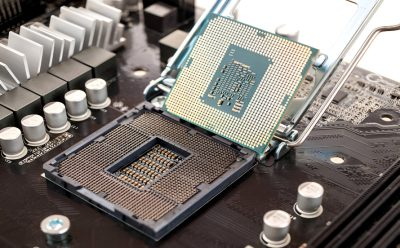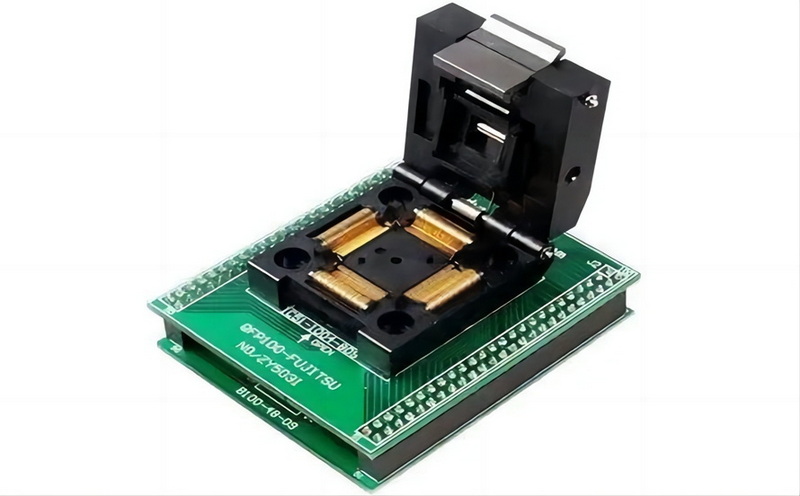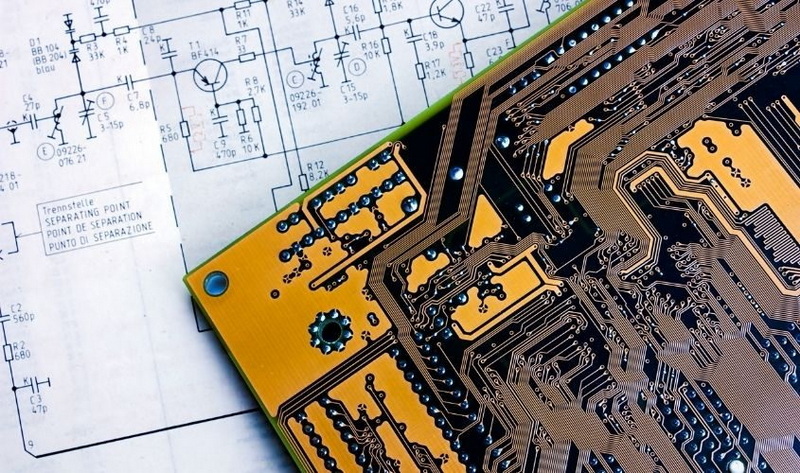Content Menu
● Introduction to Automated SMT Reel Storage
>> Key Features of Automated SMT Reel Storage Systems
● Benefits of Automated SMT Reel Storage
>> Enhanced Efficiency
>> Protection for Essential Components
>> Accurate and Timely Stock Management
>> Better Use of Space
>> Scalability and Flexibility
>> Cost Savings and ROI
>> Error Reduction and Compliance
● Implementing Automated SMT Reel Storage
>> Steps for Successful Implementation
● Advanced Features and Technologies
>> Direct Handling and Batch Loading
>> Integration with Smart Factory Systems
>> Real-Time Inventory Management and Traceability
>> Environmental Control and Component Protection
● Emerging Trends in SMT Reel Storage
>> Integration with Smart Factory Systems
>> Real-Time Data Analytics
>> Sustainability and Environmental Impact
● Case Studies and Success Stories
● Conclusion
● FAQs
>> 1. What are the primary benefits of using automated SMT reel storage systems?
>> 2. How do automated SMT reel storage systems protect against ESD and moisture?
>> 3. Can automated SMT reel storage systems accommodate different reel sizes?
>> 4. What level of automation can I expect from an SMT reel storage system?
>> 5. How quickly can I expect a return on investment (ROI) from an automated SMT reel storage system?
In the fast-paced world of electronics manufacturing, efficiency, organization, and precision are paramount. One crucial aspect of this industry is the storage and management of Surface Mount Technology (SMT) reels. SMT reels are used to hold and store electronic components used in the SMT manufacturing process, which involves mounting components directly onto the surface of printed circuit boards (PCBs). Proper storage of these reels is essential for maintaining component integrity, optimizing production workflows, and ensuring compliance with industry standards.

Introduction to Automated SMT Reel Storage
Automated SMT reel storage systems are designed to optimize space, improve efficiency, and protect the integrity of electronic components. These systems typically include features such as high-density storage, fast retrieval mechanisms, real-time inventory tracking, and integration with other manufacturing systems. By leveraging automation, manufacturers can significantly enhance their operational efficiency, reduce errors, and improve overall productivity.
Key Features of Automated SMT Reel Storage Systems
1. High-Density Storage: Automated systems, such as Vertical Carousel Modules (VCMs) and Vertical Lift Modules (VLMs), maximize vertical space, allowing for the storage of hundreds of reels in a small footprint. This can save up to 85% of floor space compared to traditional shelving systems.
2. Fast Retrieval: Automated carousels and lifts enable quick access to stored reels, reducing retrieval times to mere seconds. This speed is crucial for maintaining production efficiency and meeting tight deadlines.
3. Real-Time Inventory Tracking: Integrated inventory management software provides accurate, real-time updates on stock levels, locations, and usage history. This ensures precise inventory control and reduces the risk of stockouts or overstocking.
4. ESD Protection and Climate Control: Automated systems often include features to safeguard sensitive components from electrostatic discharge (ESD) and maintain optimal temperature and humidity conditions, ensuring component longevity.
5. Seamless Integration: These systems can integrate with other SMT equipment, Enterprise Resource Planning (ERP) systems, and Manufacturing Execution Systems (MES), enhancing workflow automation and efficiency.
Benefits of Automated SMT Reel Storage
Enhanced Efficiency
Automated SMT reel storage systems revolutionize how components are stored and accessed. By combining automation with guided tools, these systems speed up picking processes, making operations faster and more reliable. This reduces search times and minimizes manual errors, leading to smoother and more dependable production workflows.
Protection for Essential Components
Safety is paramount in the electronics industry. Advanced SMT reel storage systems include features that combat moisture and ESD, ensuring that sensitive components remain in good condition. This is achieved through the use of ESD-safe materials, grounding mechanisms, and climate control features that regulate temperature and humidity levels.
Accurate and Timely Stock Management
A reliable stock system relies on accuracy. Automated SMT reel storage solutions integrate with modern inventory management software to constantly update stock data. This accuracy helps monitor component usage, allowing businesses to make informed decisions and manage resources efficiently.
Better Use of Space
SMT storage systems utilize available vertical space, which is beneficial in locations with limited floor space. High-capacity reel racks store more parts vertically, ensuring that a maximum number of reels fit within a small footprint.
Scalability and Flexibility
Automated systems are designed to be scalable, accommodating growing storage needs without requiring complete system replacements. Modular designs allow for easy expansion and customization to fit specific reel sizes and types.
Cost Savings and ROI
While automated SMT reel storage systems require an initial investment, they can lead to significant cost savings in the long run. Reduced labor costs, improved inventory management, and less component waste contribute to a favorable return on investment (ROI), often realized within 3-6 months.
Error Reduction and Compliance
Automated systems are highly accurate and can significantly reduce errors in inventory management, such as misplacement or using expired reels. They also help meet industry compliance requirements by providing traceability and quality control features.

Implementing Automated SMT Reel Storage
Implementing an automated SMT reel storage system involves careful planning and integration with existing processes. It is crucial to assess current and future storage needs, choose a system that accommodates various reel sizes, and ensure seamless integration with inventory management and production planning software.
Steps for Successful Implementation
1. Assess Storage Needs: Determine the number and sizes of reels to be stored and select a system that can accommodate these requirements with room for growth.
2. Choose the Right System: Consider modular designs that allow for easy expansion and customization to fit specific reel sizes and types.
3. Integrate with Existing Systems: Ensure that the new storage system integrates smoothly with existing inventory management and production planning software.
4. Train Personnel: Provide comprehensive training on operating the storage system, using associated software, and understanding maintenance requirements.
5. Monitor Performance: Continuously monitor the system's performance and address any issues that arise to optimize its use.
Advanced Features and Technologies
Direct Handling and Batch Loading
Some advanced systems, like the Intelligent Storage System, offer direct handling and batch loading capabilities. This allows for the efficient unloading of only the needed reels, eliminating the need for dedicated storage boxes and reducing space costs. Additionally, these systems often include features such as built-in barcode readers for efficient inventory tracking and temperature and humidity control modules to prevent moisture damage.
Integration with Smart Factory Systems
In the context of Industry 4.0 and smart factories, automated SMT reel storage systems can integrate with automated guided vehicles (AGVs) and robotic picking systems. This integration enhances overall factory automation, allowing for seamless material transport and workflow optimization.
Real-Time Inventory Management and Traceability
Modern SMT reel storage systems provide real-time inventory tracking, enabling precise management of component quantities and locations. This feature is crucial for maintaining accurate stock levels, reducing the risk of production delays, and enhancing traceability throughout the manufacturing process.
Environmental Control and Component Protection
To protect sensitive electronic components, these systems often include ESD protection measures and climate control features. These features ensure that components are stored in optimal conditions, reducing the risk of damage from moisture or static electricity.
Emerging Trends in SMT Reel Storage
The electronics manufacturing industry is rapidly evolving, with trends moving towards greater automation and integration with Industry 4.0 principles. Automated SMT reel storage systems are at the forefront of this shift, offering features that align with smart factory concepts. These include integration with AGVs, robotic picking systems, and seamless connectivity with production planning software.
Integration with Smart Factory Systems
In a smart factory environment, automated SMT reel storage systems play a crucial role in streamlining component management. By integrating with other smart systems, these storage solutions can enhance overall factory automation, allowing for efficient material transport and workflow optimization.
Real-Time Data Analytics
Modern SMT reel storage systems often include advanced analytics capabilities, providing real-time insights into inventory levels, component usage, and production efficiency. This data can be used to optimize production workflows, predict component demand, and reduce waste.
Sustainability and Environmental Impact
As manufacturers focus on sustainability, automated SMT reel storage systems can contribute by reducing energy consumption and minimizing waste. By optimizing storage space and reducing the need for manual handling, these systems help lower the environmental footprint of manufacturing operations.
Case Studies and Success Stories
Several manufacturers have successfully implemented automated SMT reel storage systems, achieving significant improvements in efficiency and productivity. For instance, a medium-sized electronics manufacturer reported a 70% reduction in floor space used for component storage and a 50% decrease in time spent retrieving components. Another large production facility saw a 90% reduction in manual handling of components and a 30% increase in overall production efficiency.
Conclusion
Automated SMT reel storage systems offer numerous benefits, from space optimization and improved inventory management to enhanced productivity and component protection. By investing in these systems, manufacturers can significantly enhance their operational efficiency, reduce costs, and improve overall quality control. As the electronics manufacturing industry continues to evolve, adopting smart and scalable storage solutions will be crucial for maintaining competitiveness and meeting future challenges.

FAQs
1. What are the primary benefits of using automated SMT reel storage systems?
Automated SMT reel storage systems offer several key benefits, including space optimization, improved inventory management, enhanced productivity, and better protection for sensitive components. They also provide real-time inventory tracking, reduce manual errors, and improve overall operational efficiency.
2. How do automated SMT reel storage systems protect against ESD and moisture?
These systems often include ESD protection measures, such as the use of ESD-safe materials and grounding mechanisms. Additionally, they may incorporate climate control features to maintain stable temperature and humidity conditions, ensuring that components remain in optimal condition.
3. Can automated SMT reel storage systems accommodate different reel sizes?
Yes, many automated systems are designed to accommodate various reel sizes. Modular designs allow for customization and easy expansion to fit specific needs, making them highly adaptable to changing storage requirements.
4. What level of automation can I expect from an SMT reel storage system?
The level of automation varies from basic guided light systems for manual picking to fully automated storage and retrieval with robotic systems. Some high-end systems integrate with automated guided vehicles (AGVs) and production planning software for seamless workflow automation.
5. How quickly can I expect a return on investment (ROI) from an automated SMT reel storage system?
Many manufacturers report a return on investment within 3-6 months due to increased efficiency, reduced errors, and better inventory management. Advanced systems can reduce kitting time from hours to minutes, leading to significant cost savings over time.




















